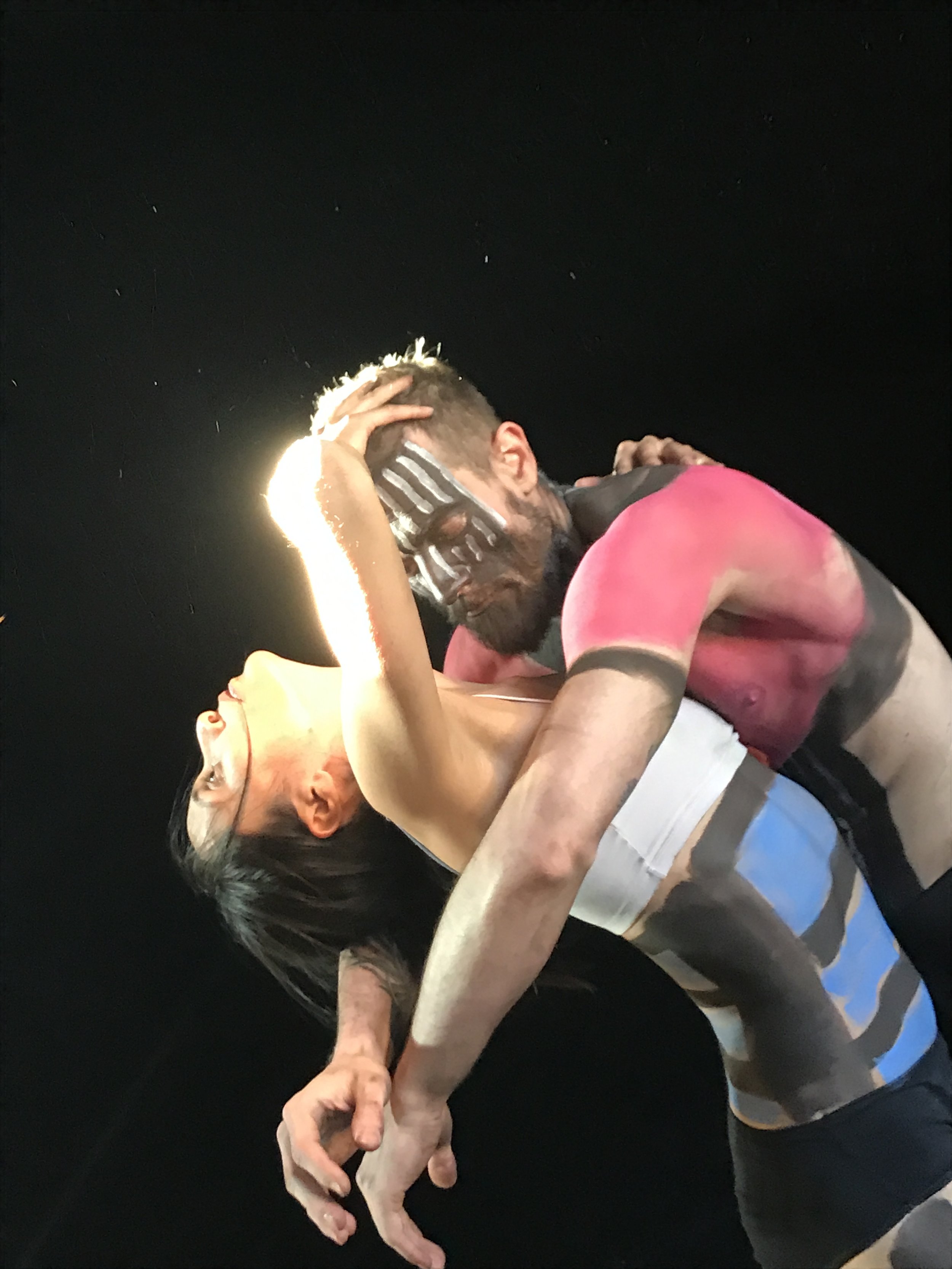It seems to be a fact that most art critics, as well as art scholars and theoreticians, are failed artists. One doesn't choose to be an artist. You are one, or you're not. It's an evidence. You can be a true artist and still not manange to make art for whatever reason, and you can make art and have a sucsseful career, even if you're not one. But the difference between an artist and one that isn't, is strikingly obvious.
The fact most people who speak about art, think about it, write, curate, critic, teach and so on, are in most cases those who wished, failed, or didn't dare to make art themselves, has a deep impact on any artistic field, as they usually hold great power and influence in relations to the art field they are referring to and working within. But there's no denying, that in most cases (with rare exceptions) they derail the art forms they refer to in different ways. They hold back, confuse, distract, blur, create false hierarchies, interfere, block, slow down, side track and in general, hurt the positive and natural evolution of the art form they hold so dear.
in an ideal setup, there would simply be artists, and audiences. The notion that art needs external mediators, is a false one I believe. The damages these mediators produce, trough acumelating power positions, ressources, influence and a general 'say' In relations to art and artists, are evident when looking at most artistic fields. The accepted notion that artists are these talented, yet capricious infantile beings that need to be guided, managed, channeled, translated, controlled, curated, explained and organized by 'adult' figures, is preposterous.
It is interesting to note, that the more an art form is happening within a direct dialog with it's audience (music, film etc), the less it's dependent on public ressources (dance being almost entirely dependent on them..) and the less it is bound to the setup of gate keepers (as is still the case in the visual arts), the smaller the impact of that parasite like dynamic is apparent, the more it is vibrent, produces a wider range of artistic propositions, and in general seems to be evolving in a more natural way while managing to offer real contemporary quality works.
*not all of them.
http://www.vulture.com/2017/04/jerry-saltz-my-life-as-a-failed-artist.html




















